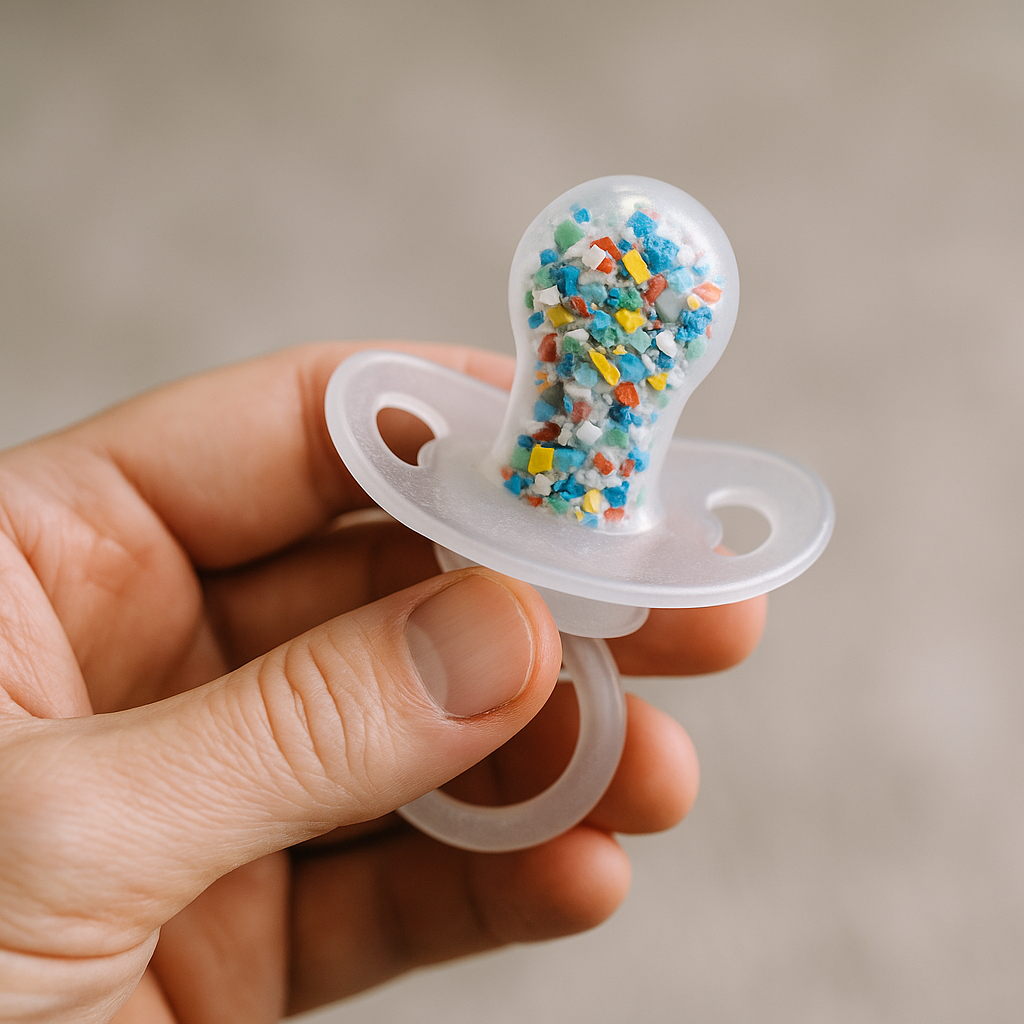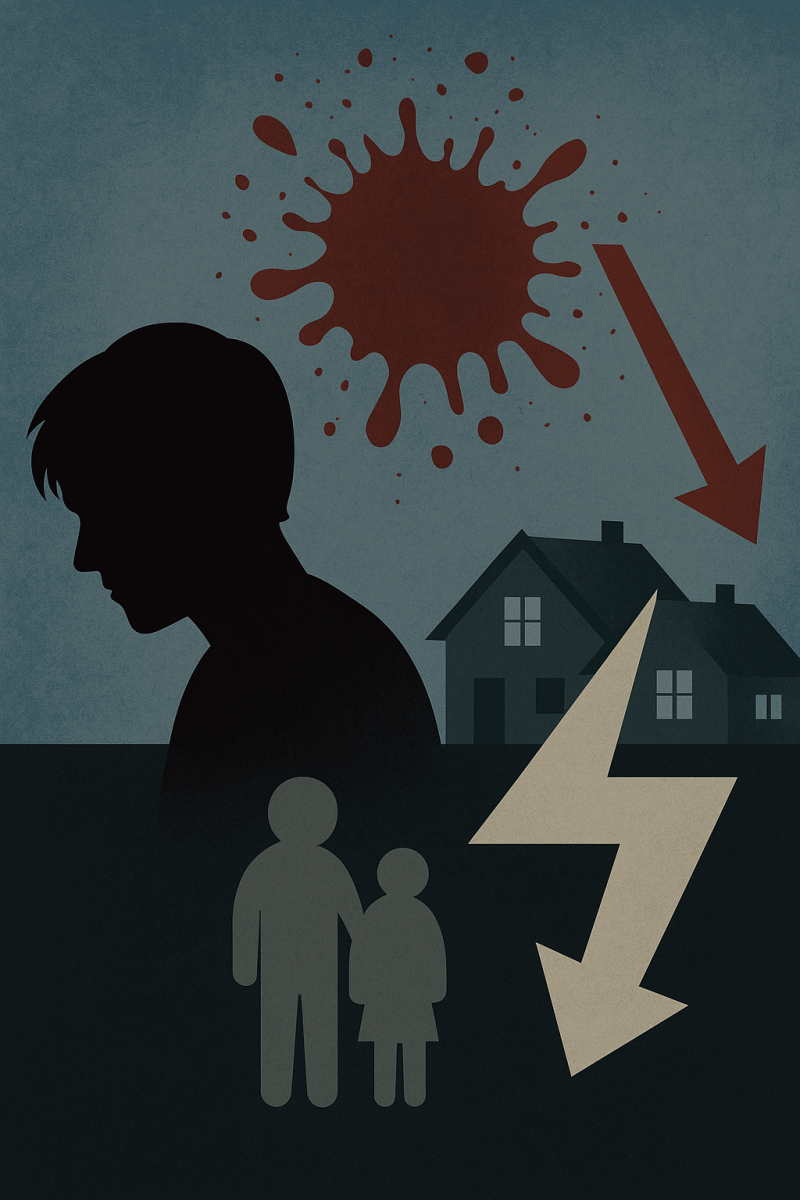Energy drinks are one of the most popular beverages consumed in America today. They provide a source of caffeine, along with many other beverages. The companies that created them have come up with very appealing flavors that have customers returning for more. Some of the top brands in America right now are Celsius, Red Bull, Monster, and Alani Nu. These brands are crushing the market and bringing in lots of money. For the most part, these drinks give people the extra push they need during the day. But, these drinks have also caused some problems.
These drinks give people more than a rush of energy; they also rush them to the hospital.
The Centers for Disease Control and Prevention shared, “In 2011, 1,499 adolescents aged 12 to 17 years went to the emergency room for an energy drink related emergency.”
Energy drinks will be more damaging to adolescents because they are not as able as adults to handle the effects of energy drinks. On average these drinks contain around 200-400 milligrams of caffeine. For comparison, the average cup of coffee only contains 95 milligrams of caffeine. Coffee gives many people the jolt of energy that they need to get through their day with a significantly less amount of caffeine. This leads many to ask if these energy drinks are dangerous. The answer is yes.
Health problems can be rooted from the amount of caffeine in energy drinks. For example, problems like not being able to sleep and having chest pains/ racing heart rate can sprout from energy drinks. As many others have reported, student Brooklyn Krager, an advent user of energy beverages, said that when she has an energy drink, she experiences similar problems.
Krager said, “When I have an energy drink, I can have trouble sleeping. It also makes it challenging for me to focus on the task at hand because I get very jittery.”
This shows how energy drinks can be harmful because of the excessive amounts of caffeine in them. These effects aren’t just happening in younger people either. Amanda Prater, age 38, and also constantly drinks energy beverages ,shared that she also had a similar impact after drinking an energy drink with 300 milligrams of caffeine. She explained how she had chest pains and even shortness of breath.
A potential solution to this issue is to reduce the caffeine content. The appealing taste can remain unchanged, as it is a key factor in attracting consumers. Lowering the caffeine levels can be a boon for consumers, allowing them to enjoy their drink without the associated health risks.































